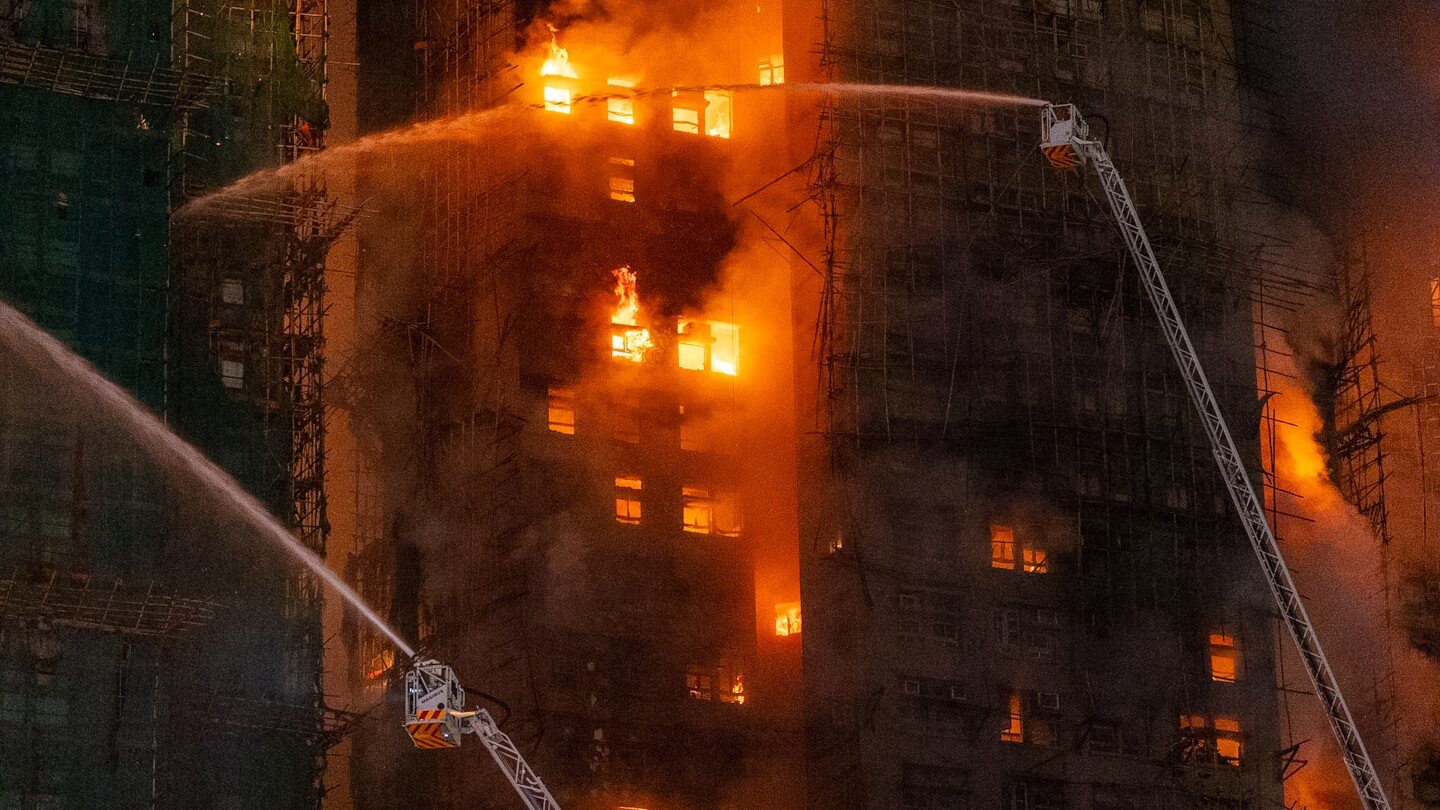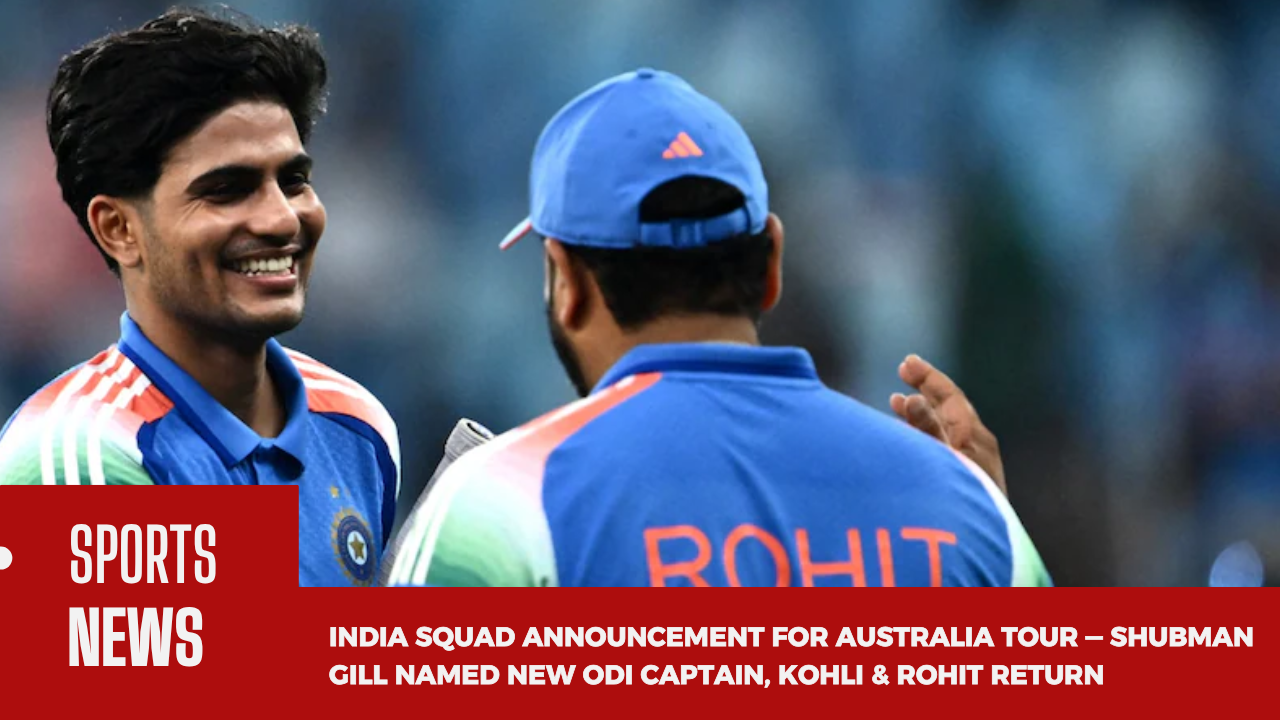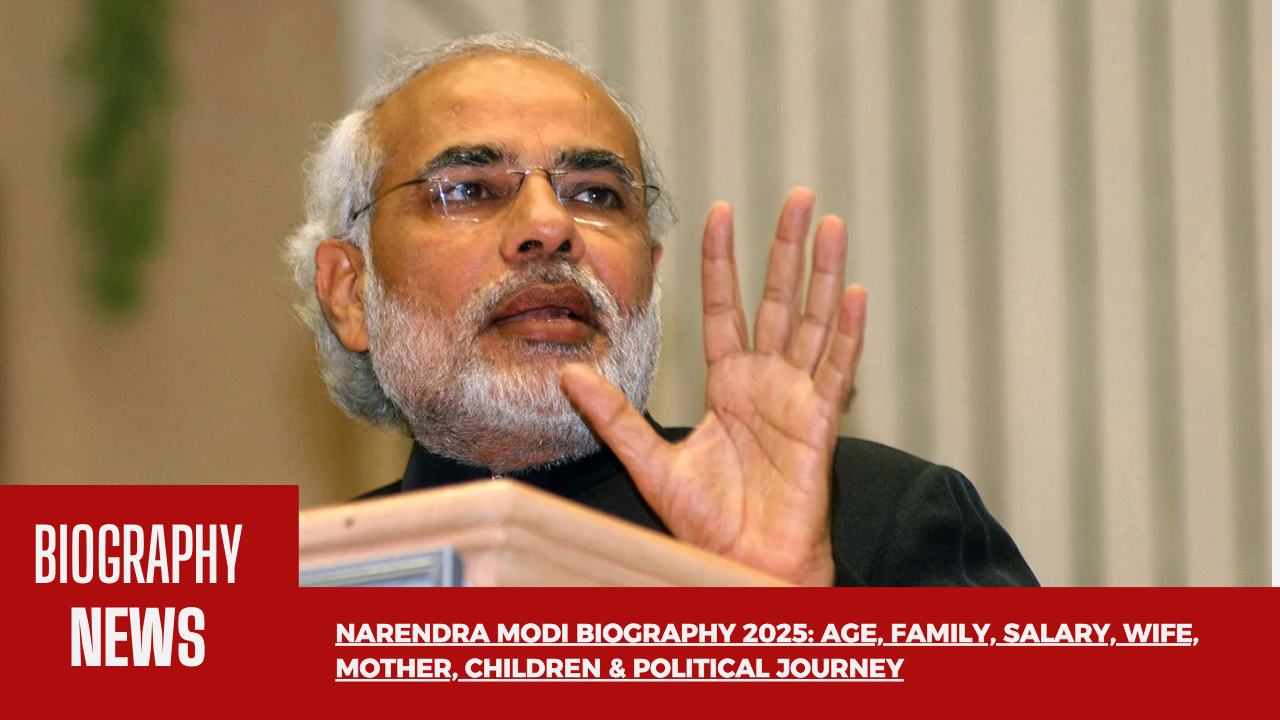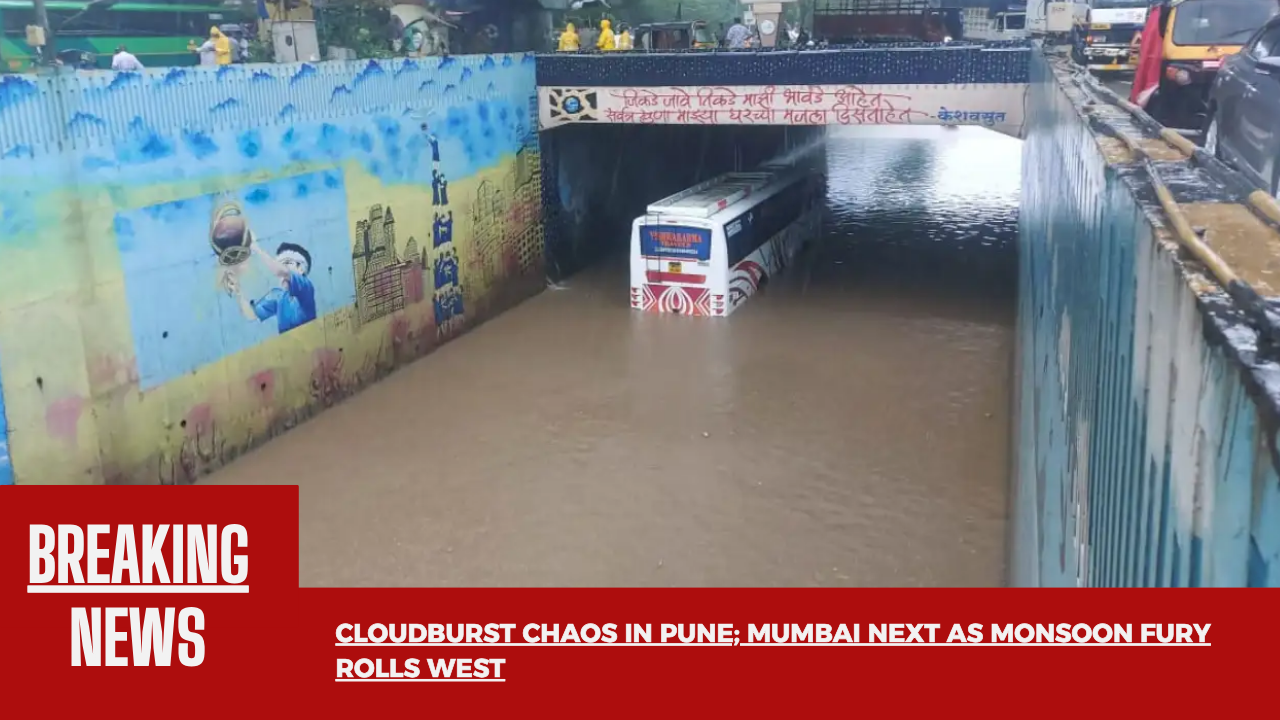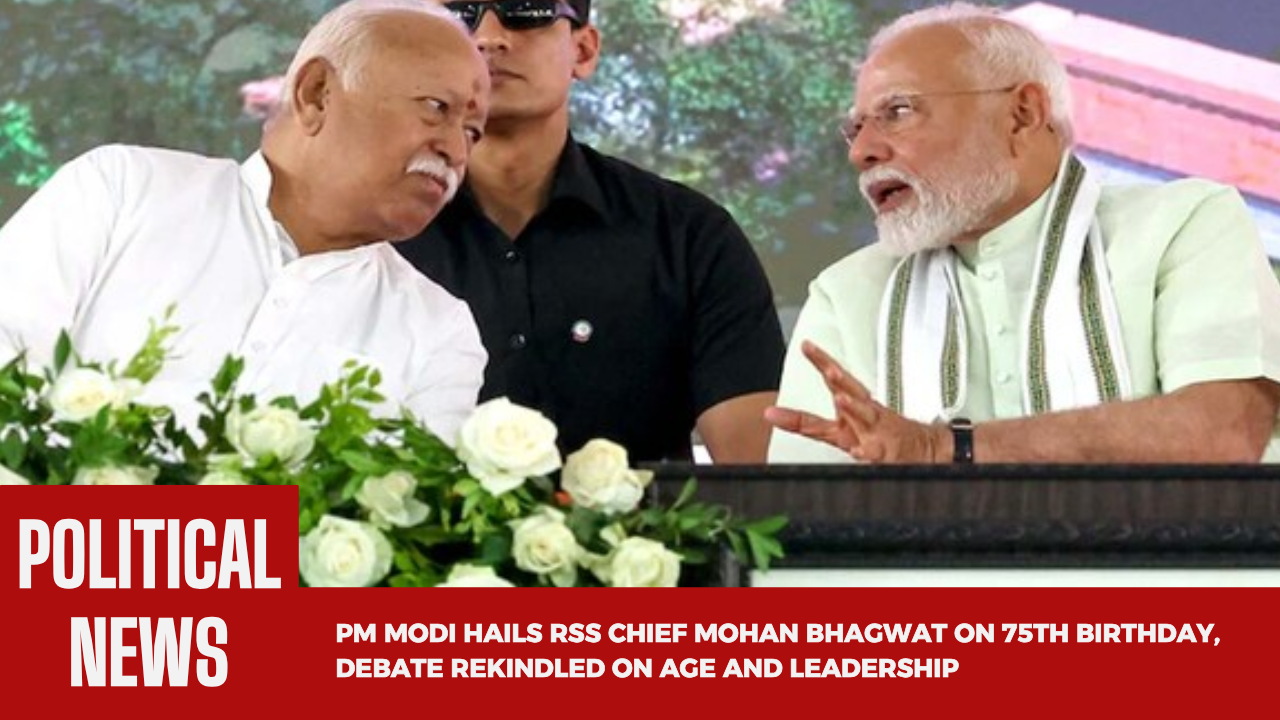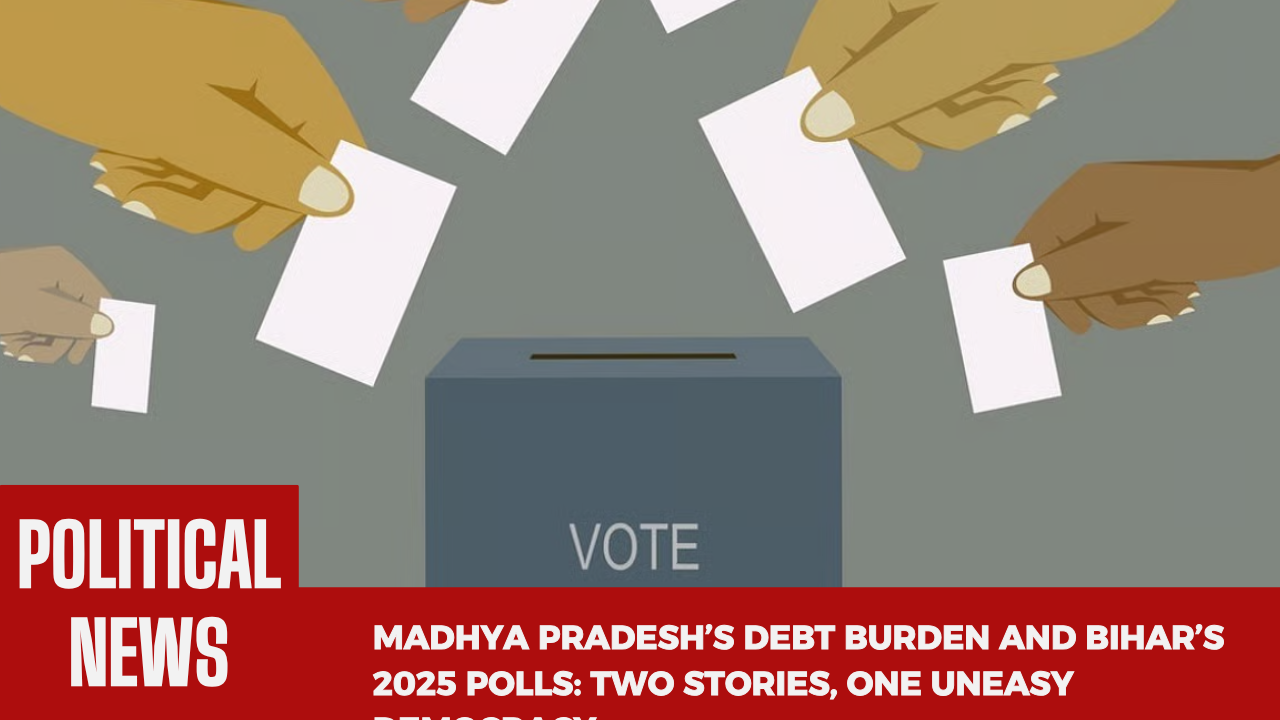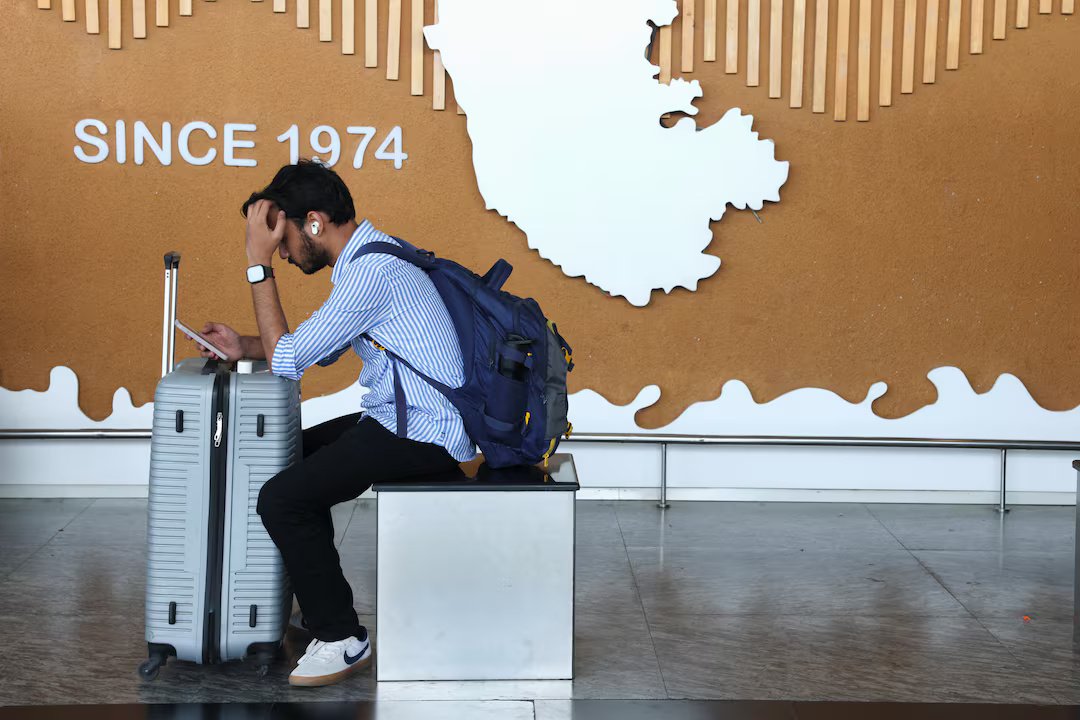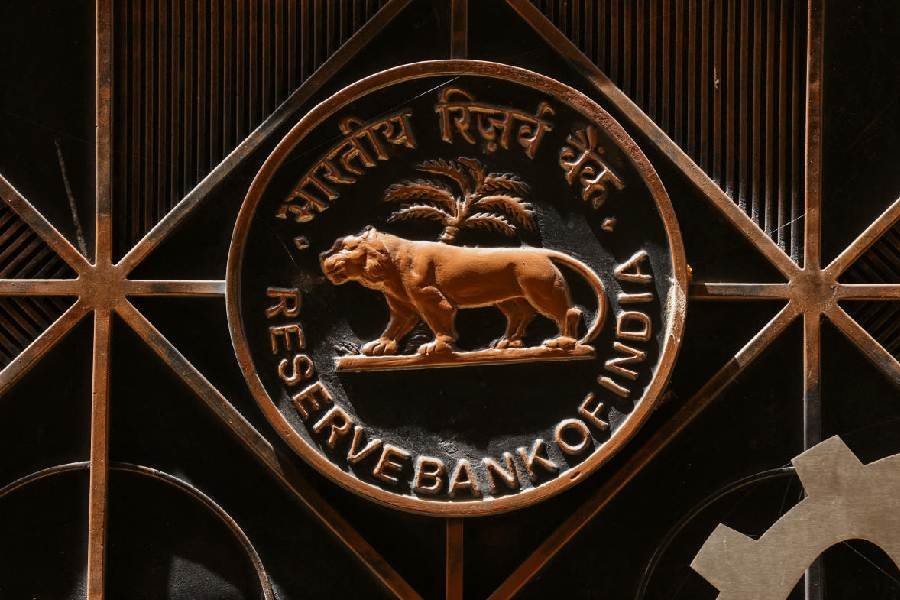breaking news | Red Alert Across Maharashtra
PUNE — The sound was the first sign that it wasn’t an ordinary night of rain. After midnight, a relentless drumming on rooftops began, swelling into a deafening roar that lasted for hours. By dawn, Pune’s streets had turned into torrents, swallowing cars and leaving people stranded in their homes. This was no passing pre-monsoon shower. It was a full-scale assault.
Now, the same weather system is moving west. Mumbai is next in its path. The India Meteorological Department (IMD) has already issued a red alert, warning residents to prepare for intense downpours and possible flooding.
A City Brought to Its Knees
The IMD’s figures underline the scale of the disaster: Lohegaon recorded 65 mm, while Shivajinagar logged 55 mm of rainfall in just a few hours. Yet the numbers only hint at the chaos. On Senapati Bapat Road, motorbikes floated past like toys, while cars stood marooned in knee-deep water. Pune’s drainage system, already outdated, simply buckled under the weight of so much water in such little time.
In Kothrud, one of the hardest-hit suburbs, residents woke up to scenes they will not forget soon. “I looked out my window at 5:30 AM and saw a lake where the road should be,” said Ritesh Mohan, a shopkeeper who was already clearing mud from his flooded store. “The water just poured in. We’ve shifted what we can upstairs. Beyond that, we are helpless.”
Disaster-response teams from the Pune Municipal Corporation rushed out with pumps and bulldozers. Still, their efforts resembled trying to empty the ocean with a bucket. Traffic collapsed on arterial routes like JM Road and FC Road, leaving long queues of autorickshaws and cars stranded in the sludge. Pune’s daily rhythm—already fragile under monsoon pressure—broke completely.
Parts of Pune are Flooded ⚠️
— Mumbai Nowcast (@s_r_khandelwal) June 8, 2024
This is just the pre-monsoon rains. Just a trailer. What will happen in Mumbai one can imagine. Horrible scenes from Pune 🎥#MumbaiRains #PuneRains pic.twitter.com/SFh4EqsFWw
Mumbai’s Anxious Vigil
Meanwhile, Mumbai is bracing for impact. The images from Pune have already sparked a sense of dread here. Few in the city have forgotten the horror of July 26, 2005, when a single day of rain drowned Mumbai. The IMD’s fresh warning has stirred those memories.
“The convective activity over the ghats has been immense,” said a senior IMD official. “As the system moves westward, Mumbai and the Konkan belt are likely to see heavy to very heavy rainfall. Some locations could record over 20 cm in a day. The red alert is justified.”
At the Brihanmumbai Municipal Corporation’s disaster control room, the mood was tense yet practiced. “All 299 pumping stations are active. Teams are already stationed in low-lying areas like Sion, Khar, Andheri, and Kurla,” a spokesperson confirmed. “Our appeal is simple: stay indoors unless absolutely necessary.”
Railways, the lifeline of Mumbai, have also stepped up. Central Railway officials said contingency plans were in place. “Passenger safety is non-negotiable. We will halt services if tracks get waterlogged. We won’t take risks,” one official stressed.

The Human Cost Beyond the Headlines
Beyond IMD charts and municipal updates lies the lived reality of ordinary people. In Pune, commuters spent hours stranded in their vehicles. Offices worked with half their staff missing. The financial toll of such a pause is measured in crores, but the frustration among citizens is harder to quantify.
Many felt blindsided by the lack of urgent warnings. “I saw a standard forecast on an app last night,” said Priya Desai, a professional who spent over two hours trapped in traffic. “But it never suggested the city would sink. We need alerts that are impossible to ignore.”
This gap—between scientific forecasting and public communication—remains a critical weak link during India’s monsoons.
In Mumbai, residents are responding with small acts of preparation. Fishermen in Worli and Cuffe Parade are double-securing their boats. Families in low-lying homes are moving electronics and valuables onto higher shelves. These gestures may not stop the floodwaters, but they reflect the resilience and caution that Mumbaikars have learned over decades.
What Comes Next?
For Pune, the worst has passed for now. The Pune weather today forecast predicts moderate showers, giving exhausted cleanup crews a chance to get to work. The sun briefly returned this morning, steaming waterlogged roads, but the scars remain.
For Mumbai, the tension builds. The rain forecast for Mumbai suggests the heaviest spells may arrive late tonight and continue into Thursday. The city waits, trains on standby, schools on alert, residents hoping this time the preparations are enough.
A Larger Warning
This monsoon episode is more than a one-day headline. It is a reminder of how vulnerable India’s biggest cities remain to climate extremes. Each storm is a test, revealing the cracks in drainage networks, warning systems, and urban planning. Each response shows small improvements, yet the larger question remains: are we ready for a climate where “extreme” is becoming the new normal?
For now, Pune begins to recover. Mumbai holds its breath. And across Maharashtra, millions look skyward, hoping the fury has already spent itself.
desclaimer
At Newstic, we work hard to bring our readers timely, accurate, and verified information across categories — from breaking news and politics to health, lifestyle, business, sports, and entertainment. While every report is published with care, some information may change quickly due to the fast-moving nature of news, weather alerts, and live updates.
We rely on credible sources including government agencies, the India Meteorological Department (IMD), press releases, wire services, and on-ground reporting. However, we cannot guarantee that every detail will remain accurate or up to date by the time you read it. Readers are encouraged to cross-check critical updates, especially in sensitive areas like weather alerts, financial markets, or public advisories.
Opinions expressed in analysis or opinion pieces are those of the respective authors and do not necessarily reflect the editorial stance of Newstic. External links, if provided, are only for reference; we are not responsible for the content of third-party sites.
This platform is intended for general informational purposes only and should not be treated as a substitute for professional advice (medical, legal, financial, or otherwise). For official instructions or emergency information — for example, during natural disasters or red alerts — please follow updates from the Government of India, IMD, NDRF, and local authorities.
By continuing to use our website, you acknowledge and agree to this disclaimer.



